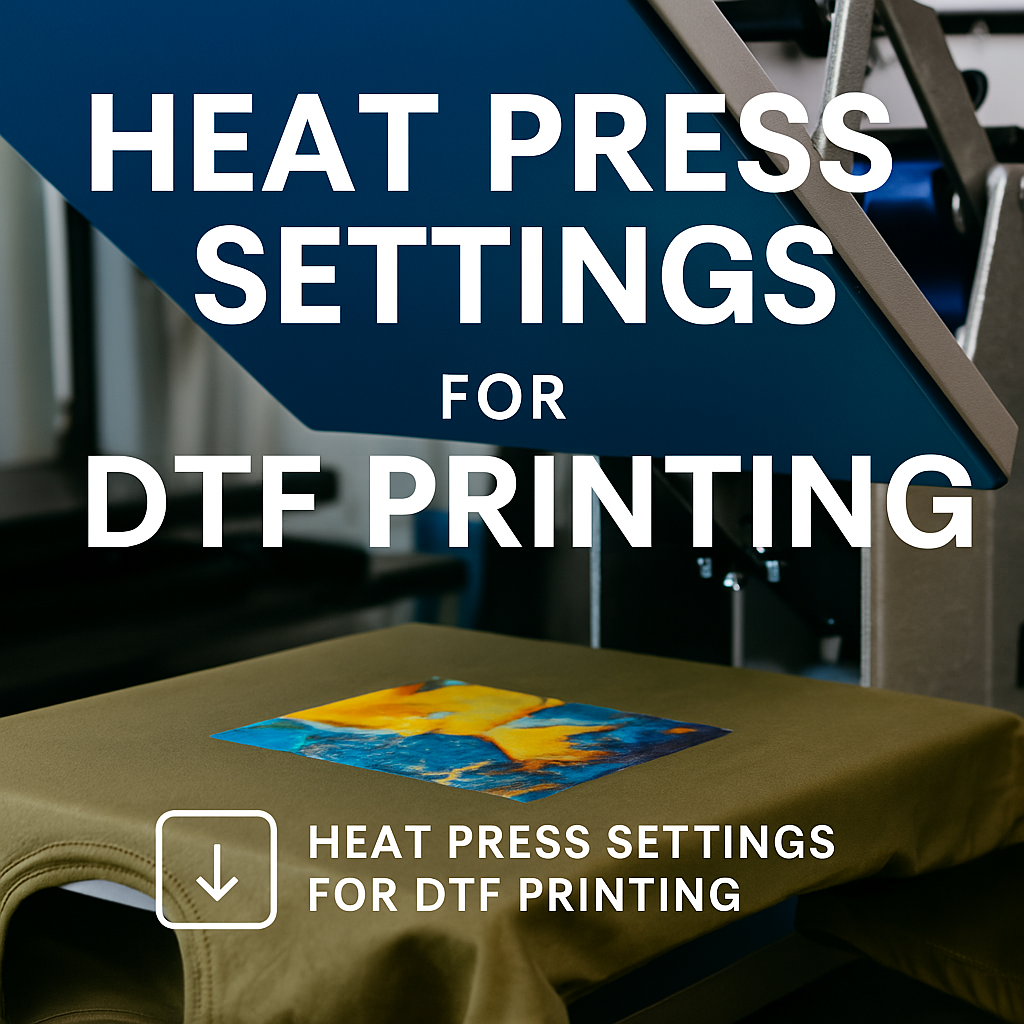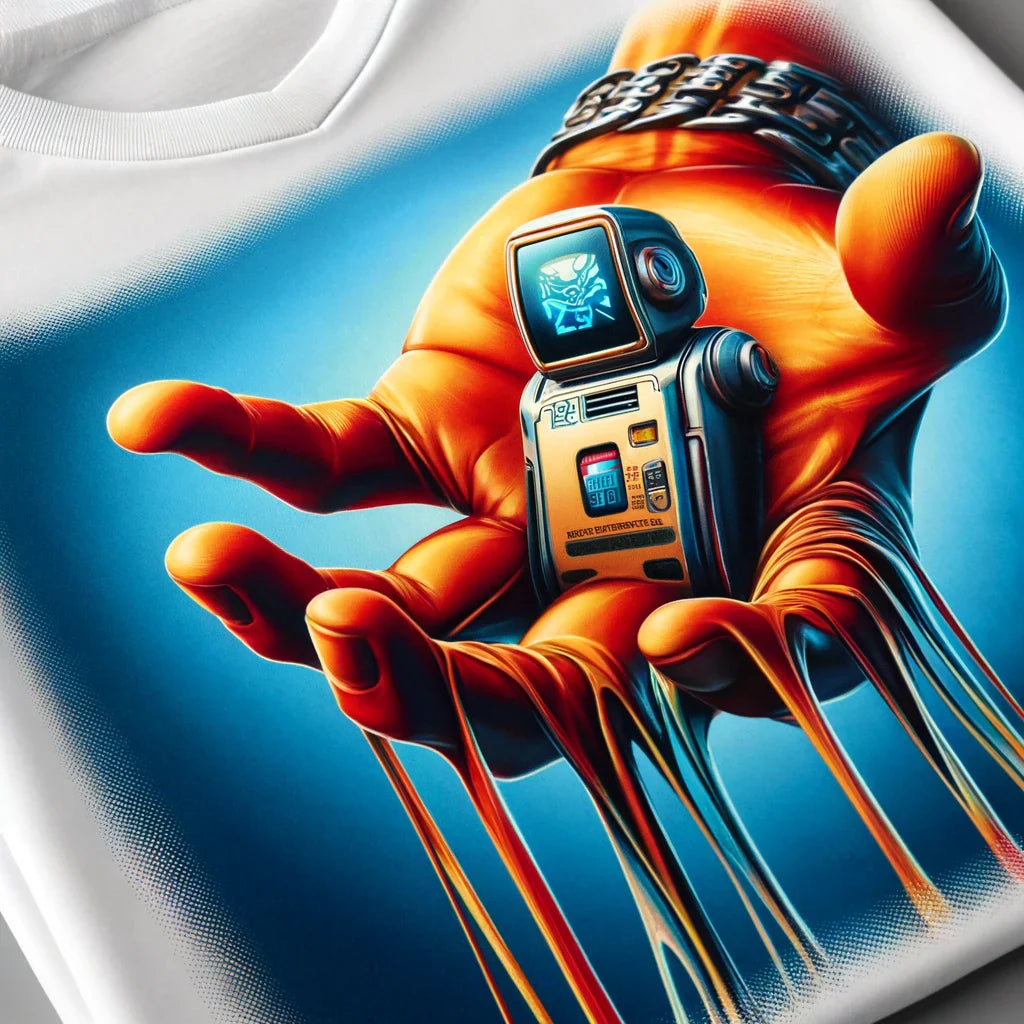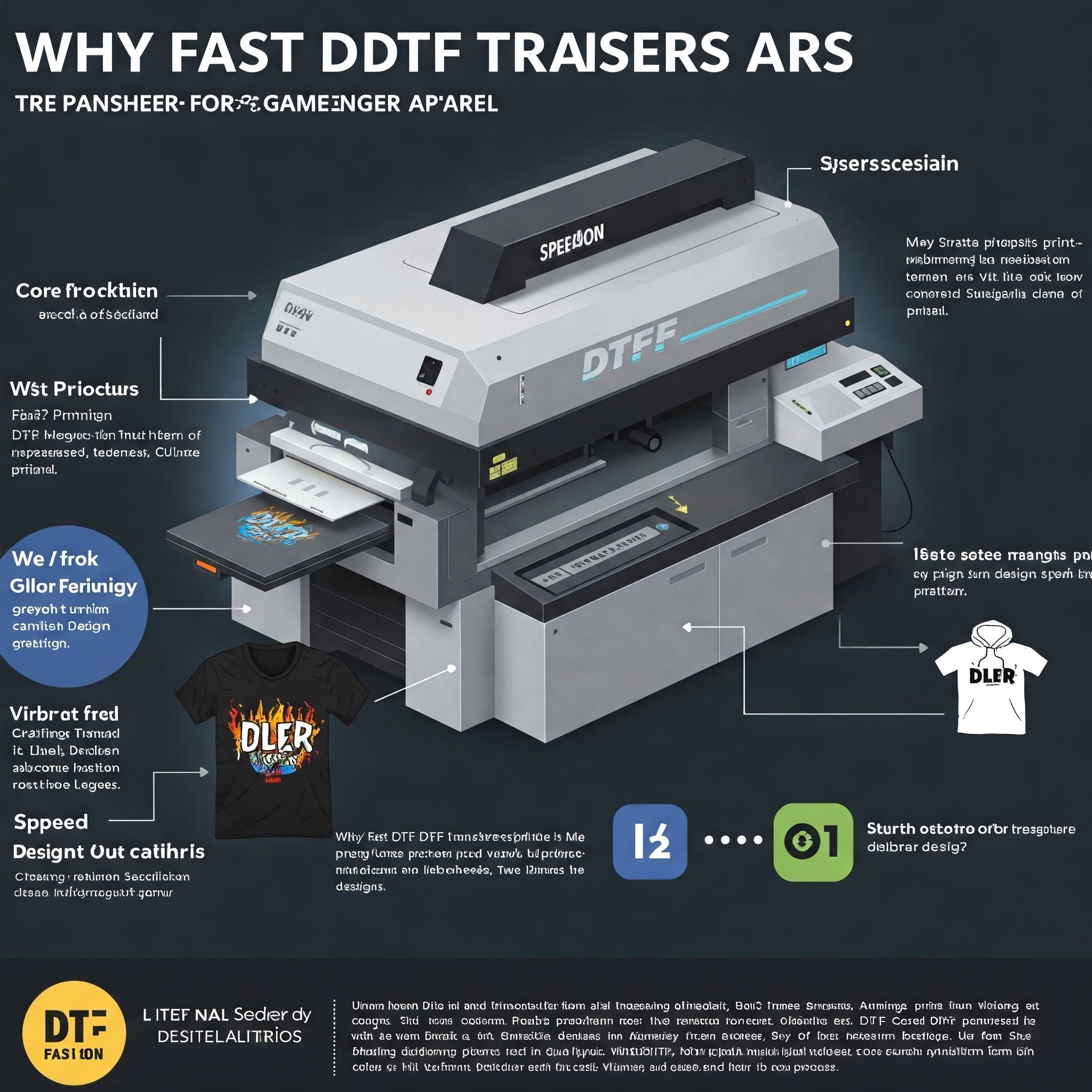
Mastering DTF Printing: Optimal Heat Press Settings for Superior Results
Introduction
As the demand for high-quality, durable prints on fabrics continues to rise, Direct-to-Film (DTF) printing has become an industry leader. This method offers exceptional versatility, allowing creators to print on various fabrics, including cotton, polyester, and blends. However, to achieve optimal results with DTF printing, it is crucial to set your heat press correctly. In this guide, we’ll dive into the key heat press settings that every DTF printer should master to ensure sharp, vibrant, and long-lasting prints.
1. Understanding the Importance of Heat Press Settings in DTF Printing
The heat press plays a vital role in the success of your DTF prints. To achieve the best results, it's essential to understand the balance of temperature, pressure, and time. These factors ensure that the ink bonds perfectly to the fabric without causing any damage to either the print or the material.
-
Temperature: The ideal temperature for DTF printing ranges from 160-170°C (320-340°F). Too high of a temperature can cause the film to overheat and degrade, while too low of a temperature will prevent proper adhesion. Always perform test prints to calibrate the temperature to your fabric and film type.
-
Pressure: Maintaining correct pressure is crucial for even transfers. You need medium to heavy pressure for the ink to fully adhere to the fabric, ensuring vibrant colors and long-lasting durability.
-
Time: The press time should typically be 10-15 seconds. It's important to note that different fabrics may require slight adjustments to the pressing time, so always perform test runs before starting production.
2. Cold Peel vs. Hot Peel: Choosing the Right Method for the Perfect Finish
DTF printing offers two peeling methods: cold peel and hot peel. Each has its advantages, depending on the desired finish and the material being used.
-
Cold Peel: This method involves waiting for the print to cool before peeling off the film. It’s ideal for ensuring maximum durability and is recommended when printing on thicker materials.
-
Hot Peel: The hot peel method involves peeling the film off immediately after pressing, while the print is still warm. This method is faster and results in smoother prints but requires precise timing to avoid damaging the design.
Understanding which method works best for your project is essential for achieving the most vibrant and clean results.
3. Ensuring the Quality of Your Heat Press
The quality of your heat press can greatly impact the final print quality. Not all heat presses are created equal, and using an inferior press can result in inconsistent prints. Here are a few considerations for ensuring your heat press delivers the best possible results:
-
Even Heat Distribution: Your heat press should have a uniform heating platen to ensure even heat distribution across the entire design. Hot spots on the platen can lead to inconsistent prints.
-
Pressure Control: The pressure should be adjustable to suit different fabric thicknesses. It’s essential to have consistent and reliable pressure across the entire platen to avoid over or under pressing your prints.
-
Regular Maintenance: Regular cleaning and maintenance of your heat press are essential for long-term performance. Keep the platen clean and ensure all moving parts are lubricated for smooth operation.
4. Avoiding Common Mistakes in DTF Printing
Even experienced DTF printers can fall victim to common mistakes. Here are a few errors to avoid:
-
Incorrect Temperature Settings: Not calibrating your heat press temperature can result in poor adhesion or overly melted prints. Always verify the correct temperature using a heat gun or thermometer before pressing.
-
Using the Wrong Pressure: Applying too little or too much pressure can lead to smudging or incomplete transfers. Ensure your pressure settings are aligned with your fabric and film specifications.
-
Skipping Pre-Pressing the Fabric: Always pre-press your fabric for a few seconds before applying the design. This removes moisture and wrinkles, ensuring a smooth transfer.
-
Incorrect Film Handling: Overheating or mishandling the film during the transfer process can cause smudging or incomplete transfers. Ensure you follow the manufacturer’s guidelines for the best results.
5. Final Thoughts: Achieving High-Quality DTF Prints Every Time
Achieving the perfect DTF print requires precision, patience, and an understanding of the heat press settings. By carefully adjusting temperature, pressure, and time, as well as avoiding common pitfalls, you can consistently produce vibrant, durable prints that stand the test of time.
At CustomPrintAZ, we provide high-quality DTF printing products and equipment to ensure you get the best results every time. Whether you are a beginner or an experienced printer, mastering these heat press settings will significantly improve the quality of your prints.
Ready to create personalized products? Click here to explore our customizable printing options!

